By Girija Madhavan
Childhood memories come in a burnished patina, retaining old flavours and excitement. My memories of Mysore city, the arterial Sayyaji Rao Road and Devaraja Market, date back to 1942 when I was four years old. They have remained familiar landmarks through the years, into the middle and now, old age. Sadly the Market is derelict in places… maybe even be pulled down.
Devaraja Market was built between the years 1886/1891 during the reign of Maharaja Chamaraja Wadiyar. Named after an illustrious member of the Wadiyar dynasty, it is one of the oldest in Karnataka; and the heart of Mysore city.
I recall trips to the town with my father in our green 1938 model Standard sedan with the ‘stepney’ tyre mounted on the back and parking on Sayyaji Rao Road. Along the outer wall of the market the chemist T.C. Nataraj, Rajputana Trading Company, the Bahusar showroom [for mosquito nets, as I had suffered bouts of malaria], Hamza Bakery or Ali Brothers fulfilled our needs.
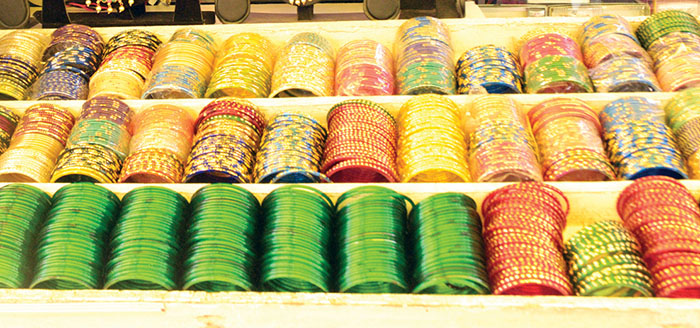
A toy shop flanked the first entrance to Devaraja Market. On trays were wooden tops called ‘Buguri’ of different sizes and colours. Channapatna dolls were treasures of ethnic folk art, coated with genuine lacquer; Raja-Rani, dancing dolls that moved their heads and women at the well. Little sets of pots, pans, a grinding stone, items common to an Indian kitchen called ‘Choppu’ in Tamil, were prized by the children in the family.
The entrances to the market are double-arched passages with shops on either side. Called ‘Fancy stores’ then, they had dazzling glass bangles on display. Short stone pillars at either end are just wide enough apart for people to pass through.
Inside the main market, a shop displaying conical mounds of powders of vivid hues prepares one for the colours of vegetables and fruit, the scent of flowers, the whiff of spice, or the aroma of roasted coffee beans that assail the senses.
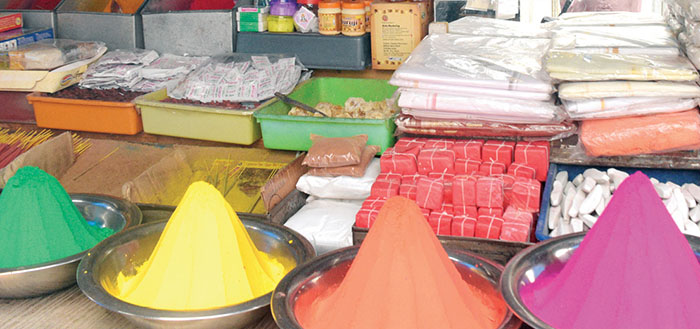
The Market answers many needs, humdrum or exotic. Some were only available here, such as a gnarled brown root called ‘Magali Beru’ that my mother Mukta needed to make an annual batch of pickles or ‘Uppinakai’, her grandson’s favourite. The botanical name of the root is Decalepis Hamiltonii’ of the ‘family Apocynaceae.’ Also called ‘Swallow Root,’ it is endemic to peninsular India. Mukta’s gardener Lingayya would be sent to the market to sift through the roots, bringing back a large bag of fresh ones.
Once home, the roots were cleaned and Mukta would set to work seated on a mat in the kitchen with an ‘Eeligemane’ before her. An instrument with a curved, razor-sharp blade, topped by a spiky coconut scraper and mounted on a wooden stand, it was a powerful tool to extricate the wiry spines within the roots before cutting them into semi-circular slices, spicing them and packing them in an earthenware jar or ‘Jaadi,’ a cloth tied on top till the delectable pickle was ready to eat.
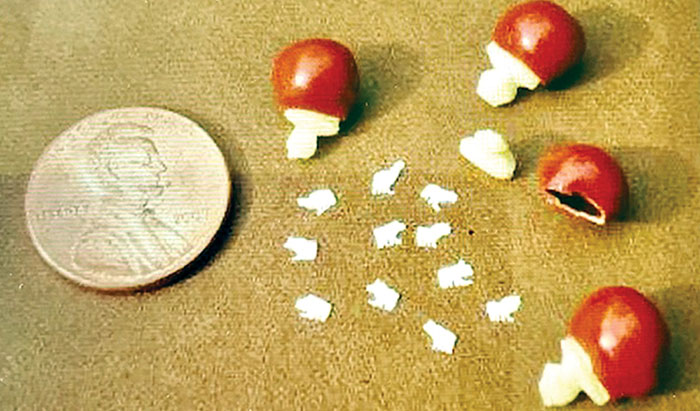
Devaraja Market could also supply other eclectic demands. ‘Chauli,’ hair extensions made of real hair, were displayed on racks in shades of black and brown. For the elderly, there were grey or white switches too. The hair was said to be from temples where people sacrificed their locks when their wishes were granted.
Hair decorations too were sold here, such as ‘Jade Bille’ and ‘Kuchchu’, tassels of black silk interlaced with gold threads, worn at the end of a plait, favoured by Bharatanatyam dancers.
A shop belonging to the Nikam family on Dhanavantri Road entrance was the ideal place to buy Karnataka handicrafts like carved elephants, sandalwood boxes and wooden inlaid objects.
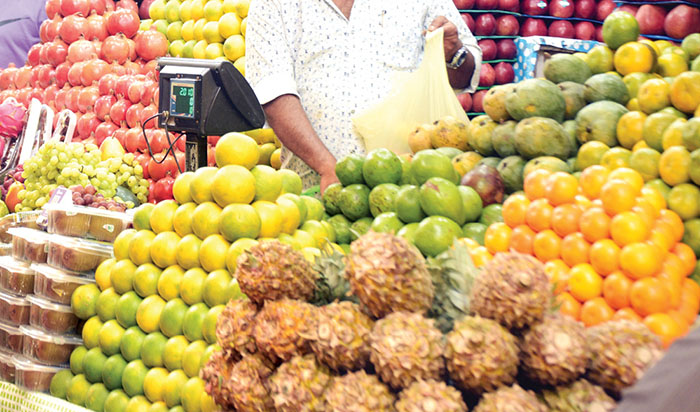
My favourite was tiny, but a magical example of enormous artistic skill. It was made from a red seed, ‘Kundu Mani’ or ‘Kundri Mani’ the botanical name being ‘Abrus Precatorius.’ The red, black topped seed was hollowed out, fitted with a tiny ivory stopper and filled with tiny carved animals, also of ivory.
An ordinary one could contain ten minuscule elephants or assorted animals. On occasion, I found a few containing many more animals. Along with a magnifying glass, such gifts were much appreciated abroad.
Many of us Mysureans will be saddened should this heritage structure, a part of Mysore city, vanish. And we will not be the only ones. Along the pavements of Sayyaji Rao Road, bordering the market, are avenue trees.
As dusk falls and the sun goes down over the ramparts of the market, the chirping of many birds [Parakeets and Mynahs to name some] fills the air. The chorus comes to a crescendo as they settle down to roost among the leafy branches of what has always been their home.
Truly, an anachronism that a busy city centre can contain these wild and trusting lives! If sledge hammers and bulldozers should work and the dust rises, where will they go?



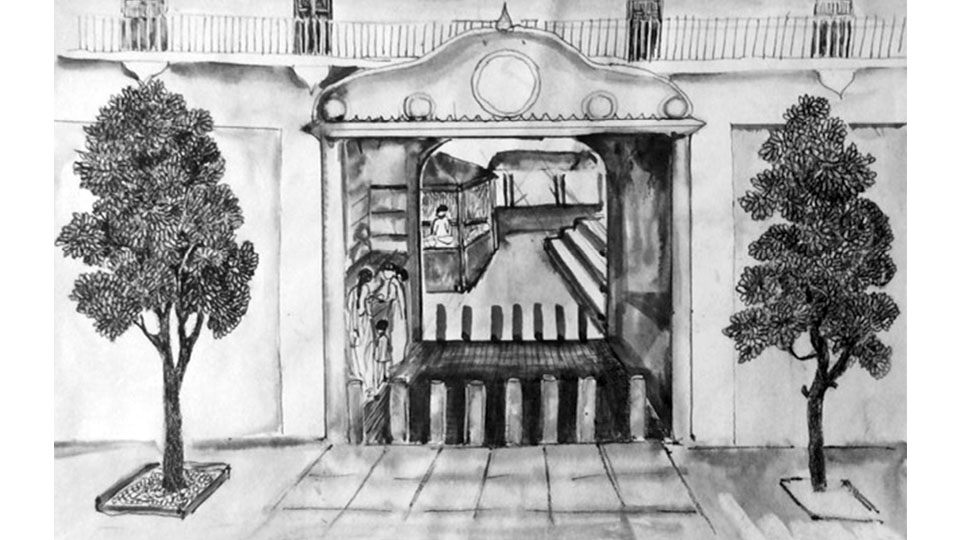
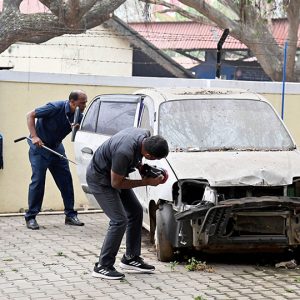
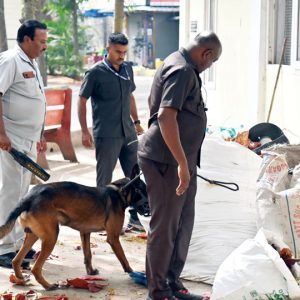


Recent Comments